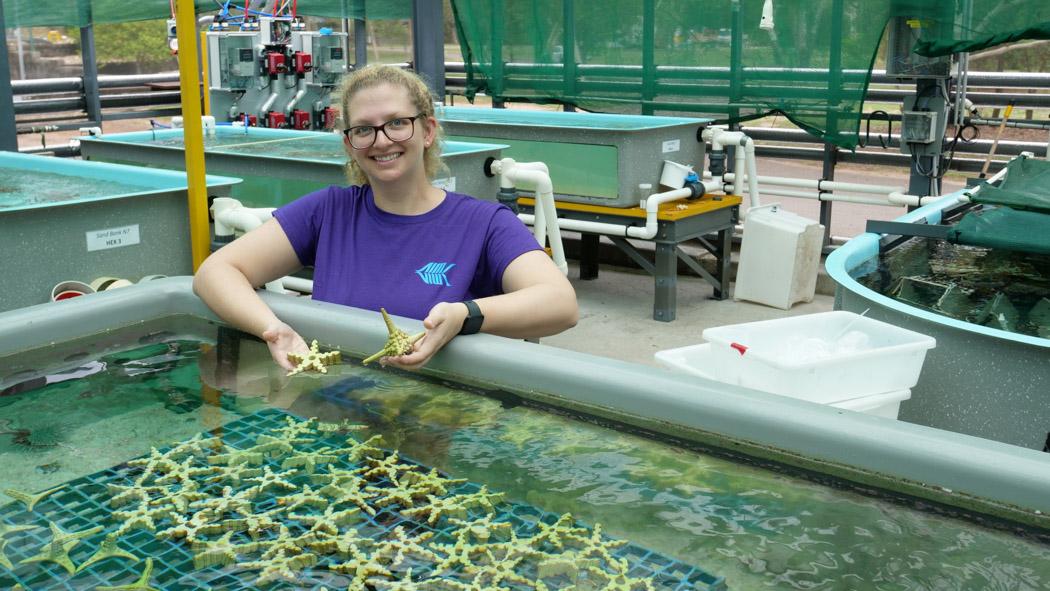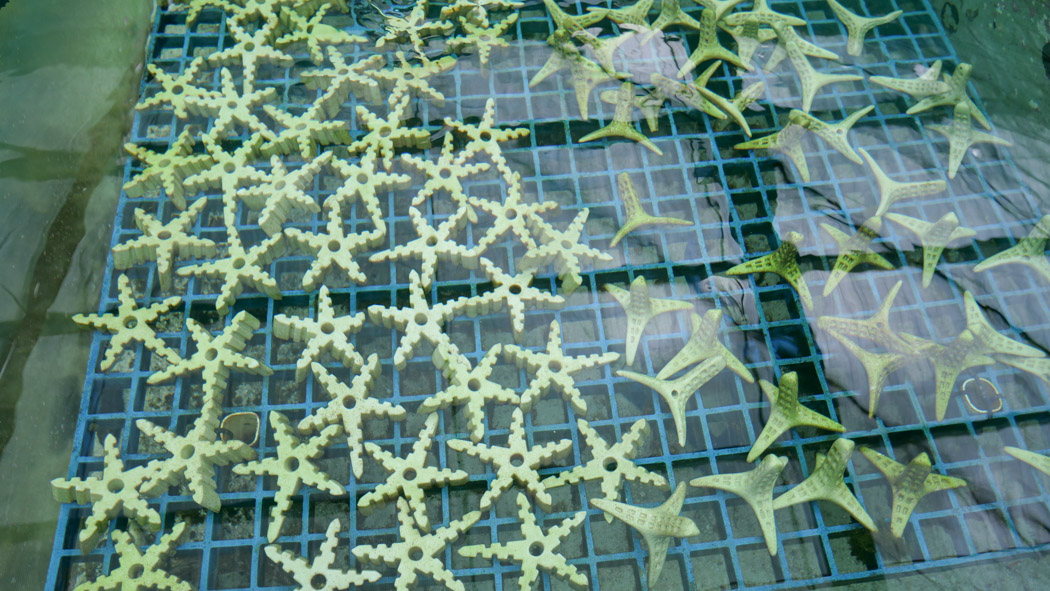Scientists from around the world are working together to help the Great Barrier Reef recover and become more resistant to future bleaching. The Australian Institute of Marine Science and US-based coral conservation organisation SECORE International, have partnered for an important experiment as part of this global effort.
Like many coral reefs around the world, the Great Barrier Reef has experienced increasingly frequent and severe coral bleaching. While the World Heritage Area is one of the best managed reef ecosystems in the world, climate change is accelerating the impact of bleaching and many of the other threats the Reef faces, faster than it can naturally adapt.
Australia’s Reef Restoration and Adaptation Program (RRAP) leader and AIMS executive director of Strategy and Development David Mead said water temperatures were predicted to continue to rise to levels very stressful for corals
However, reef restoration techniques offer the chance to advance and refine available technologies, as well as develop new ones.
“The Reef Restoration and Adaptation Program aims to create a suite of innovative and targeted measures that can be applied at the scale needed to help the Great Barrier Reef withstand the escalating threats it faces,” Mr Mead said.
“We are working with experts from around the world in a ‘no-stone-unturned’ approach to investigate new and innovative techniques that could make a difference to billions of corals spread over thousands of square kilometres.”
AIMS coral ecologist Dr Carly Randall said the collaborative project aimed to evaluate and compare the performance of a suite of SECORE substrate designs, alongside some AIMS shape designs, for future use in coral restoration.
“These shapes, that have been 3D printed in ceramic and other materials, address questions about substrate design and material type,” Dr Randall said.
“We will be testing the coral larval preference for each shape, and then settle larvae onto the shapes to deploy out onto the Great Barrier Reef.
“We will monitor their performance over the next year and evaluate which designs and materials work best to promote coral survival and growth.”
Spawning, collection of spawn, coral settlement, and initial grow out of the coral babies, has been happening ex situ at the National Sea Simulator, a unique aquarium research system and the heart of the AIMS facilities on the doorstep of the Great Barrier Reef, at Cape Cleveland.
Dr Randall said it was a successful spawning season at AIMS’ National Sea Simulator, with more than half a million larvae preparing to settle onto the shapes.
“We are hopeful that these shapes will give them their best opportunity to thrive on the reef,” Dr Randall said.
SECORE's founder and Executive Director Dirk Petersen said SECORE’S coral substrates had an important role within the frame of the reef restoration cooperation.
“We are providing field data and expertise on the coral seeding concept, and upscaling technology that feeds into the concept feasibility study being carried out by AIMS and partners, to provide direction to the reef restoration program,” he said.
SECORE International operations manager Aric Bickl said the National Sea Simulator at the Australian Institute of Marine Science was a unique facility which gave researchers the ability to simulate specific reef regimes; turbidity and light levels. He said several water quality parameters were also able to be manipulated to recreate environments corals would potentially be subjected to in nature.
“The Sea Simulator provides the unique opportunity to raise corals in an easily controlled and observable environment, while recreating many of the actual conditions they would encounter in the wild,” Bickl said.
The North Queensland corals spawned just days after the November 23rd full moon as predicted.
Settling the coral larvae on the different experimental setups has begun and the populated substrates, or seeding units,are expected to be placed out on the reef by March 2019.
A team of SECORE scientists will join their colleagues at AIMS to give the young coral a safe conduct to return to the wild.



